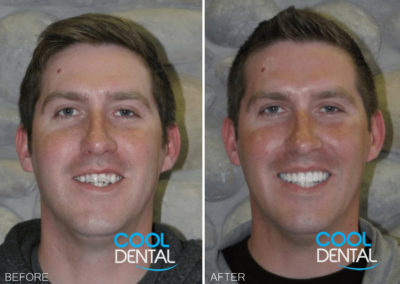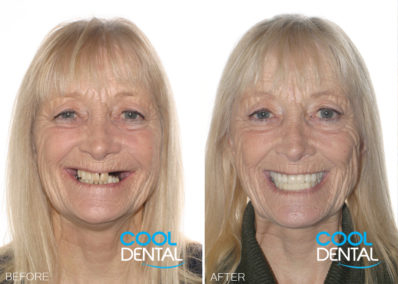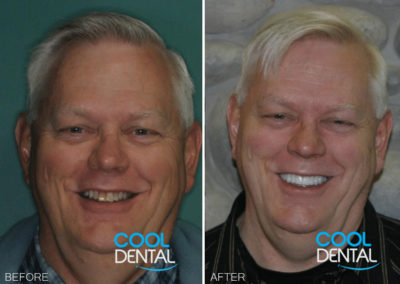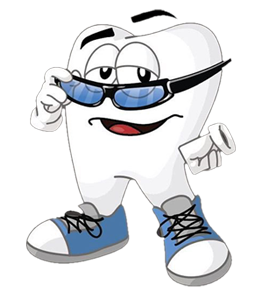Infection control has always been a top priority for our practice, and you may have seen this during your visits to our office. Our infection control processes are made so that when you receive care, it’s both safe and comfortable.
Our office follows infection control recommendations made by the Alberta Dental Association and College (ADA&C), Health Canada and the Canadian Centre For Occupational Health and Safety (CCOHS).
We want to tell you about the infection control procedures we follow in our practice to keep patients and staff safe.
To ensure the health and well-being of our patients and team members, we have installed 2 different types of air purifiers at our dental office. Both of these are manufactured by the Canadian company, Surgically Clean Air.
- CASCADE WHITE - The Cascade White is the first unit you will see when you enter our office. We have placed this in the waiting area because this is the largest room in our office. The Cascade White is able to filter up to 576 cubic feet per minute.
The Cascade White filter has 6 stages of filtration including UV sterilization, plus two additional negative ion chambers to ensure the air is as fresh as possible. These six filters capture 99.998% of dust particles, pollen, volatile organic chemicals (VOCs), mold, allergens, viruses, odors (like formaldehyde and smoke), bio-aerosols, laughing gas, and many other pollutants that are found in the inside air. The negative ion generator makes the indoor environment feel more pure, clean, and energized.
- JADE - The Jade filter is what you will find in each of our operatories. The Jade filters still have the same 6 stage filtering system and will move 383 cubic feet per minute. This means the Jade will filter all the air in a 10 x 10 room in about 2 minutes.
Both of these filters perform their duties without being loud, (an industry-leading low level of about 55DB) or creating a “breeze” that can be uncomfortable for our patients.
Some additional changes you may also see when it is time for your next appointment. For example:
- Our office will communicate with you beforehand to ask some screening questions. You’ll be asked those same questions again when you are in the office. We will not allow patients to enter our office who have symptoms or have traveled outside of Canada in the last 2 weeks.
- We have hand sanitizer that we will ask you to use when you enter the office. You will also find some in the reception area and other places in the office for you to use as needed.
- You may see that our waiting room will no longer offer magazines, children’s toys and so forth, since those items are difficult to clean and disinfect.
- In the interest of physical distancing, we are advising all adult patients to attend the office alone to prevent crowding.
- Appointments will be managed to allow for social distancing between patients. That might mean that you’re offered fewer options for scheduling your appointment.
- We will do our best to allow greater time between patients to reduce waiting times for you, as well as to reduce the number of patients in the reception area at any one time.
- For our safety and yours, we currently cannot accept walk-ins.
We look forward to seeing you again and are happy to answer any questions you may have about the steps we take to keep you, and every patient, safe in our practice. To make an appointment, please call our office at (403) 382‑2273.
So come on in to get your dental work done and enjoy Surgically Clean Air!

Jaw & Facial Pain
TMJ Dentistry in Lethbridge, Alberta

Suffering from jaw and facial pain? The culprit might be your jaw muscles
When discussing jaw and facial pain, Lethbridge dentist Dr. Lachman explains: “The primary jaw muscle responsible for chewing is called the masseter muscle. It lies at the sides of your jaw just behind your cheeks. It’s the also the muscle that causes you to clench your jaw.”
You use your masseter muscle a lot. Think about how often you use your jaw as you:
- eat
- speak
- chew
- yawn
- the list goes on
Because we use it so much it’s one of the most common locations for trigger points in your body. A trigger point is a contracted muscle, that can send pain signals to surrounding areas such as your jaw, face head, or ears.
How well is your jaw working?
- Do you experience pain when you bite?
- Can you only open your mouth so far?
- Do you hear clicking or popping when you chew?
- Do you suffer from symptoms such as headaches, jaw and facial pain or sore neck or shoulder muscles?
If you answered yes to even one of those questions, something isn’t right. These symptoms are indicators that your jaw joint may be unstable.

Suspecting TMJ Disorder?
Living with pain is hardly living at all.
A healthy Temporo-Mandibular joint (TMJ) is quiet. When you use it on a day-to-day basis, you shouldn’t experience discomfort. The muscles that control your jaw should work in harmony, allowing you to open and close your mouth smoothly and silently without jaw and face pain.
TMJ often starts with a misaligned bite
As with anything you use repeatedly, over time you will probably experience wear and tear. The same holds true for your teeth. Think about it. You use them continuously, day-in and day-out.
Each day, your teeth contribute to your ability to talk, breathe, eat, drink and swallow. You chew with them, bite with them, grind them, brush them, floss them and generally (although you may not see it this way) abuse them.
Worn teeth can lead to a misaligned, or “bad bite”. When this occurs, the wear and tear on your teeth is considerably more rapid and severe. The erosion of your teeth can lead to:
- uneven tooth wear
- loss of range of motion in your jaw
- gum recession
and an assortment of other symptoms, like jaw and facial pain.
TMJ treatment may help
TMJ treatment starts with a diagnosis of the problem. By reviewing your dental and medical history, and conducting a series of diagnostic tests, Lethbridge dentist Dr Karstan Lachman can help to uncover any problems with your bite that could be contributing to your jaw and facial pain.
The first step is to relax those jaw muscles. Once this is achieved, you may find your pain subsiding.
Phase 2 TMJ treatment involves keeping your jaw muscles relaxed over the longer term. This often involves correcting any dental issues that could have caused the jaw muscles to become overworked in the first place.
SMILES TRANSFORMED
From dental implants to dentures,
see some successful cases by Dr. Karstan Lachman




More Before & Afters

Are you ready for a new dental experience?
Copyright 2025 Cool Dental and Dental Growth Strategies | All Rights Reserved | Powered by DGS
